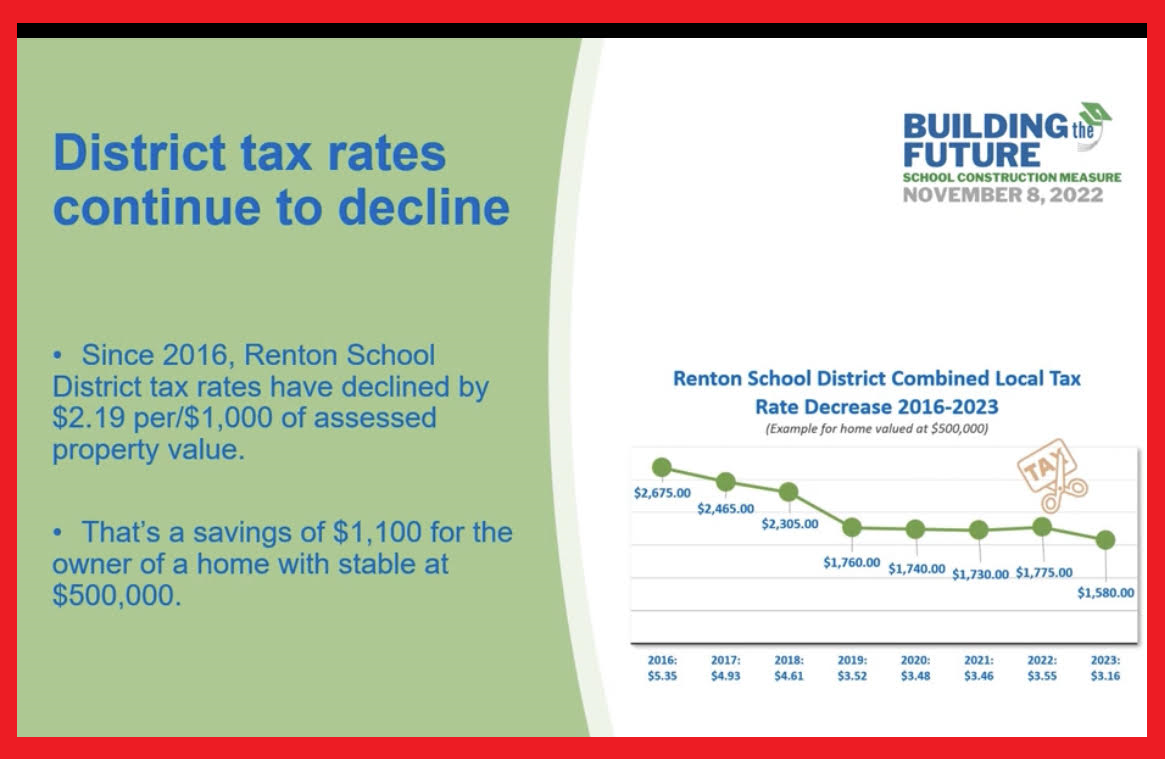Recommended Policy Changes Regarding Local Voters' Pamphlets And Property Tax Impact Analyses For Local Property Tax Measures
Last updated: February 17th, 2023
Contents
- Recommended policies
- Reasons for the recommended policies
Recommended policies
(1) County auditors need to be responsible to select pro and con committee volunteers for the voters’ pamphlet.
County auditors (not the taxing jurisdictions) are to be entirely responsible for finding pro and con committee members for the voters’ pamphlet. Resolutions should be due early enough to allow county auditors at least 1 full week to advertise and find volunteers for the committees.
(2) Up to 3 people can be on a committee.
Preference should be first given to the measures’ jurisdiction residents. Remaining open slots should be open to all county residents. Both groups are to be selected on a first-come first-served basis.
(3) Number of days allowed for committees to write and submit statements and rebuttals.
Once selected, at least 3 business days should be given to the committees to write and submit their statements. After statements have been submitted, committees should be given at least 2 business days to write their rebuttals.
(4) Max word count for statements and rebuttals.
Pro and con committee statements max word count: 250 words
Pro and con committee rebuttals max word count: 75 words
(5) Resolution requirements for bonds.
For bond measures, the principal amount, the bond management company’s estimate for total bond interest, the total dollars to taxpayers (principal + interest), and the estimated bond payback period in years should all be clearly stated in the resolution for the voters’ pamphlet. No guesstimated rates (covering up to 20+ years of the bond) are to be included.
(6) Bond payback schedule for bonds.
For bond measures, as part of the resolution submission packet, the applicable bond management company’s bond/levy projection datasheet is to be included.
(7) Resolution requirements for replacement levies and non-replacement levies.
For any levy described as a replacement levy, the actual amounts collected and actual rates (and the best estimates for the current year if still unknown) for the previous levy for each of the previous levy years, are to be included in the resolution along with the amounts only (no guesstimated future rates) for each year of the new levy. For all non-replacement levies, such as capital levies, the requested amounts to be collected each year must be stated in the resolution. Future guesstimated rates must not be included.
(8) County assessors and only the county assessors should be charged with creating property taxpayer cost impact analyses.
For all property tax measures, the county assessor (using sound accounting practices) must provide a taxpayer cost impact analysis to be included in the resolution submission packet. Taxing jurisdictions must give the county assessor at least 3 weeks before the submission deadline to create those cost impact analyses. Jurisdictions can post those and only those cost impact analysis reports on their websites, fliers, and mailers. The county assessor’s cost impact should include an example house and an example apartment showing the cost impact estimate of the tax measure. The house and apartment’s future assessed values (AVs) should grow at the same pace as the estimated growth for the Total AV of the properties in the taxing area.
(9) No doxxing permitted.
Doxxing should be prohibited in statements and rebuttals for the voters’ pamphlet.
(10) All property tax measures should only be permitted on the August (Primary) and November (General) elections.
No tax measures are to be permitted on the February or April elections.
Reasons for these recommended policies
(1) Voters only receive one-sided debates in the voters’ pamphlets.
(2) Voters only receive one-sided arguments from campaign materials (that are usually inaccurate) provided by school districts (using taxpayer money) in the guise of information fliers and information articles on the districts’ websites.
(3) Taxing jurisdictions such as school districts have a clear conflict of interest with being tasked with finding and selecting con committee members for the voters’ pamphlets for their own measures.
(4) Voters and property taxpayers do not receive accurate estimates of the cost impacts to the tax measures they are voting on.
Example of an inaccurate, underestimating school district campaign material:
The Renton SD provided the following cost analysis and graphic to voters published on their taxpayer-funded website regarding their 2022 bond. The district reps incorrectly state that since rates have gone down that taxpayers will pay less in dollars in 2023 than they did in 2016. They fail to mention or account for skyrocketing assessed values which have increased much faster than rates have decreased. The district actually tries to use a hypothetical example home that has a “stable” assessed value of $500,000 for years 2016 through and including 2023. This is ludicrous. And this is an institution (public school district) that is supposed to be teaching young people about mathematics and financial literacy.
